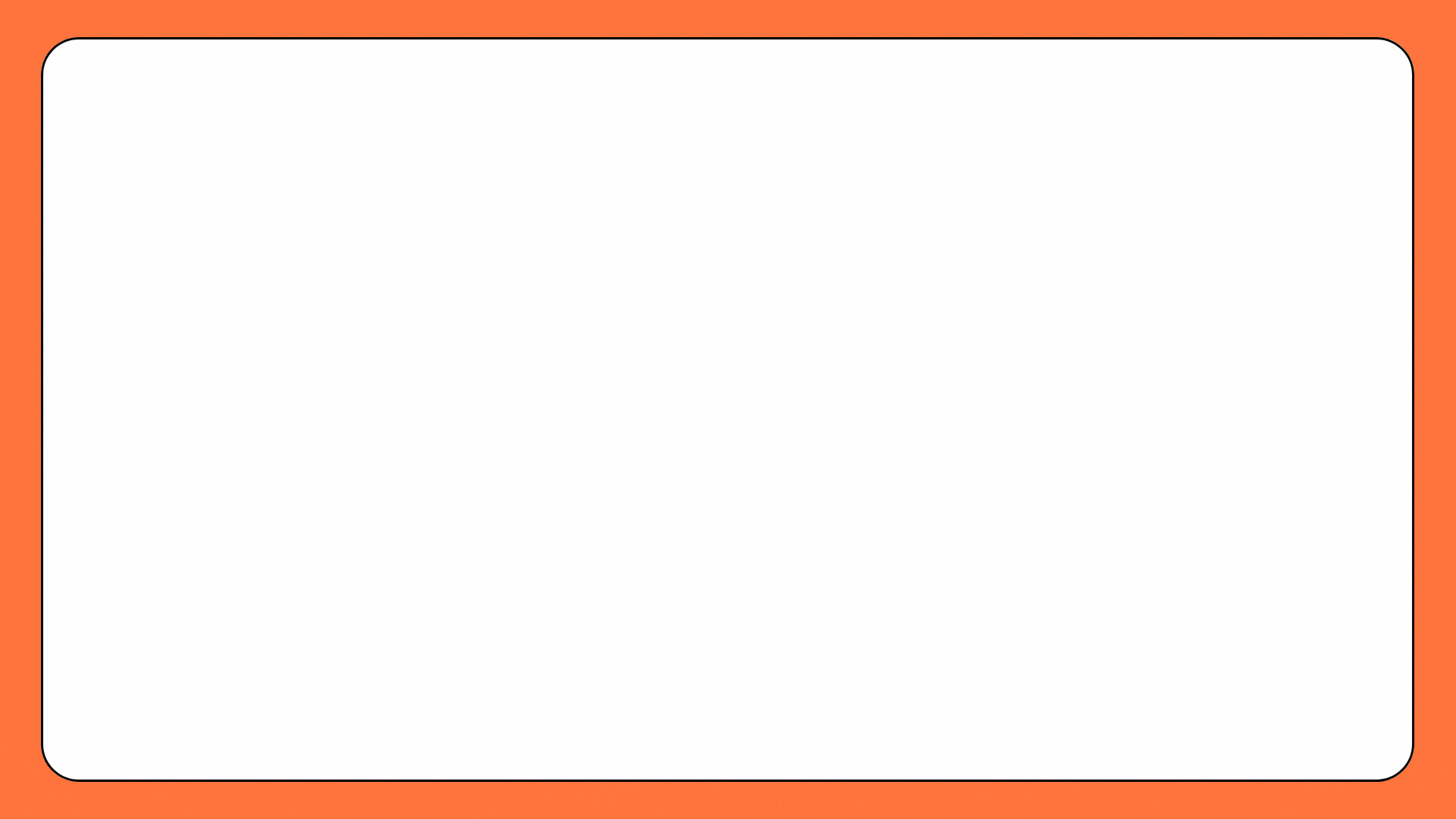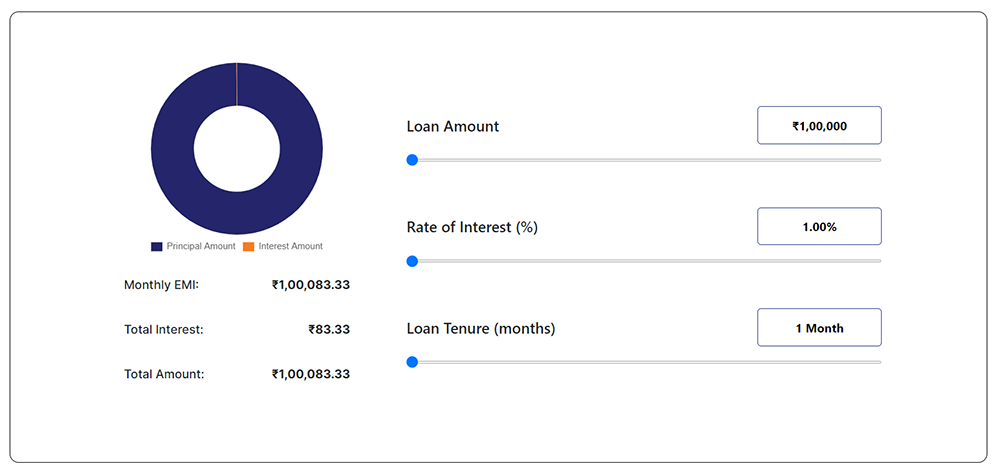When it comes to creating beautiful web pages, one of the most important skills you can have is knowing how to link css to html (Cascading Style Sheets) is a language used to describe the presentation of a document written in HTML (Hypertext Markup Language). By linking CSS and HTML, you can control the appearance of your web page, including everything from font styles to colors, layout, and more. In this article, we’ll explore the basics of linking CSS and HTML and provide some tips on creating beautiful web pages.
Beautiful Webpages: how to link css to html
What is CSS?
CSS is a style sheet language used to describe the presentation of a document written in HTML. It provides a way to separate the content of a web page from its presentation, allowing developers to control the appearance of a page without affecting its underlying structure. CSS works by applying rules to HTML elements, allowing developers to define styles for fonts, colors, borders, backgrounds, and more.
What is HTML?
HTML is a markup language used to create web pages. It provides a way to structure content and add elements such as text, images, videos, and links. HTML is used to create the underlying structure of a web page, including headings, paragraphs, lists, and tables. It is important to note that HTML is not used to control the appearance of a web page, which is where CSS comes in.
How to link css to html

How to link css to html, you need to add a link to your HTML document that references your CSS file. Here’s an example
<!DOCTYPE html>
<html>
<head>
<title>My Web Page</title>
<link rel="stylesheet" type="text/css" href="style.css">
</head>
<body>
<h1>Welcome to my web page</h1>
<p>This is my first web page.</p>
</body>
</html>
In this example, we’ve added a link to our CSS file (style.css) in the head section of our HTML document. The link element specifies the relationship between the HTML document and the external resource (in this case, our CSS file). The href attribute specifies the location of the CSS file, which should be in the same directory as your HTML file.
Creating a CSS File : how to link css to html
To create a CSS file, you need to open a text editor such as Notepad or Sublime Text and save the file with a .css extension. Here’s an example of a basic CSS file
body {
font-family: Arial, sans-serif;
background-color: #f4f4f4;
}
h1 {
color: #333;
font-size: 36px;
}
p {
color: #666;
font-size: 16px;
line-height: 1.5;
}
In this example, we’ve defined styles for the body, h1, and p elements. The body styles set the font family and background color for the entire page. The h1 styles set the font size and color for all heading elements on the page. The p styles set the font size, color, and line height for all paragraph elements on the page.
Tips for Creating Beautiful Web Pages
Now that you know how to link CSS and HTML, here are some tips for creating beautiful web pages:
How do we link CSS to HTML?
Linking CSS to HTML is an essential step in creating a visually appealing website. CSS, or Cascading Style Sheets, is a stylesheet language used to style and format HTML documents. By linking CSS to HTML, you can separate the content of your website from its presentation, allowing you to make changes to your website’s appearance without affecting its content.
CSS can be added to HTML documents in 3 ways:
- Inline – by using the style attribute inside HTML elements.
- Internal – by using a <style> element in the <head> section.
- External – by using a <link> element to link to an external CSS file.
External CSS link : how to link css to html
The most common way to link CSS to HTML is to use an external CSS file. To do this, we first create a new CSS file with the .css file extension. We can name this file anything we want, but it’s a good idea to use a descriptive name that reflects its purpose.
For example, if we want to create a CSS file for our website’s main styles, we might name it “styles.css”. Then, we add our CSS rules to this file.
Next, we need to link this CSS file to our HTML document. To do this, we add a <link> element to the <head> section of our HTML document, like this
<head>
<link rel="stylesheet" href="styles.css">
</head>
The href attribute specifies the path to our CSS file, and the rel attribute indicates that it is a stylesheet.
Internal CSS link
Another way to link CSS to HTML is to use an internal CSS link. This means that we add our CSS rules directly to the HTML document, within a element in the <head> section.</p>
<head>
<style>
/* CSS rules go here */
</style>
</head>
This method can be useful for small, simple websites or for testing out new styles before adding them to an external CSS file. However, it can become unwieldy for larger projects or when we want to reuse styles across multiple pages.
Inline CSS link
The third way to link CSS to HTML is to use an inline CSS link. This means that we add our CSS rules directly to an HTML element using the style attribute.
<div style="color: red; font-size: 24px;">This text is red and 24px.</div>
Inline styles should be used sparingly, as they can make our HTML code harder to read and maintain.
In conclusion, linking CSS to HTML is an essential part of creating a well-designed and functional website. We can use an external CSS file, internal CSS, or inline styles, depending on the needs of our project. By using CSS to separate the presentation from the content of our web pages, we can create more flexible and maintainable websites.
here also you can write html using chatGTP
How do I link a style CSS file?
And in this article, we’ll learn how to do it.
- How to Link a CSS File to an HTML File. You can link your CSS file to your HTML file by adding a link element inside the head element of your HTML file, like so: <! …
- The rel attribute. …
- The href attribute. …
- The type attribute. …
- The media attribute.
Why is my CSS not linking to HTML?
Make sure that your CSS file really has the file name “ mystyle. css “ and is located in the same folder as the HTML document. Also, you should add a closing </html> tag.
How do you link CSS to HTML explain it with example?
So, we have to type the style attribute within a particular tag for linking the CSS to Html using inline style as shown in the following block: <p style=” “> Any text </p>
Using an Inline Style
- <! Doctype Html>
- <Html>
- <Head>
- <Title>
- Link the CSS using Inline style to Html.
- </Title>
- </Head>
- <Body>
- </Body>
- </Html>
Which tag is used to link CSS?
The <link> tag defines the relationship between the current document and an external resource. The <link> tag is most often used to link to external style sheets or to add a favicon to your website.
What is external CSS file?
An external style sheet is a separate CSS file that can be accessed by creating a link within the head section of the webpage. Multiple webpages can use the same link to access the stylesheet. The link to an external style sheet is placed within the head section of the page.
How to link image in CSS to HTML?
Usage is simple — you insert the path to the image you want to include in your page inside the brackets of url() , for example: background-image: url(‘images/my-image. png’); Note about formatting: The quotes around the URL can be either single or double quotes, and they are optional.
What is internal vs external CSS?
Internal CSS can style multiple HTML elements within the document you used it. External CSS can style multiple HTML elements in one or more HTML documents.



